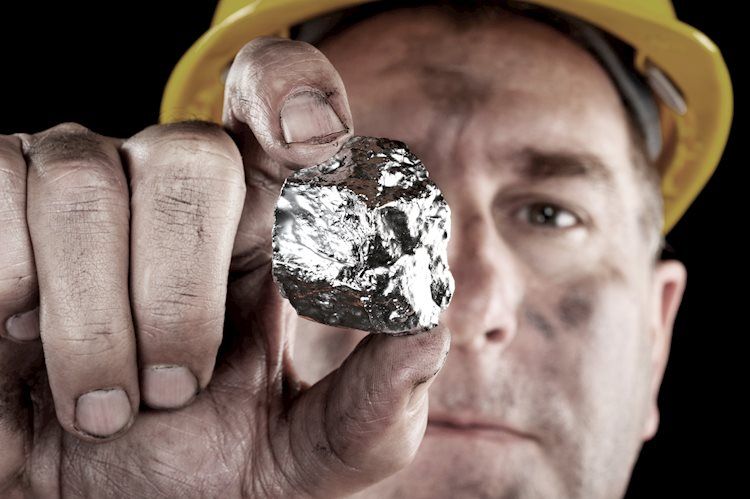- Silver price gains to near $30.50 with a focus on China’s third Plenum outcome on Friday.
- The Fed is widely anticipated to begin reducing interest rates in September.
- US annual core inflation decelerated for the third month in a row.
Silver price (XAG/USD) moves higher to near $30.50 in Thursday’s European session. The white metal recovers ahead of China’s third plenum meeting outcome on Friday. Investors expect that China’s Communist Party will take measures to boost economic growth through fiscal and monetary policy expansion.
The World’s second-largest economy, which is a major consumer of Silver, which has applications in various sectors, is battling weak Gross Domestic Product (GDP) growth. The Chinese economy expanded at a slower pace of 0.7%, from the estimates of 1.1% and the former release of 1.5%, downwardly revised from 1.6%.
Meanwhile, firm expectations for the Federal Reserve (Fed) to begin reducing interest rates from the September meeting have kept the US Dollar (USD) and bond yields on the back foot. Lower yields on interest-bearing assets reduce the opportunity cost of holding an investment in non-yielding assets, such as Silver.
Contrarily, the US Dollar Index (DXY) edges up to 103.80 and 10-year US Treasury yields rise to 4.17% but remain close to multi-month lows.
Higher speculation for Fed rate cuts in September was prompted by easing inflationary pressures and cooling labor market conditions. The United States (US) annual core inflation, which excludes volatile food and energy prices, decelerated for straight third month in June. In the same month, monthly headline inflation deflated for the first time in more than four years.
Silver technical analysis
Silver price turns sideways in a range between $30.40-$30.80 for more than one week. The near-term outlook of the Silver price remains firm as the asset holds the breakout of the Falling Channel formation on a four-hour timeframe.
The 100-period Exponential Moving Average (EMA) near $30.50 continues to provide support to the Silver price bulls.
The 14-period Relative Strength Index (RSI) oscillates inside the 40.00-60.00 range, exhibiting indecisiveness among market participants.
Silver four-hour chart
Silver FAQs
Silver is a precious metal highly traded among investors. It has been historically used as a store of value and a medium of exchange. Although less popular than Gold, traders may turn to Silver to diversify their investment portfolio, for its intrinsic value or as a potential hedge during high-inflation periods. Investors can buy physical Silver, in coins or in bars, or trade it through vehicles such as Exchange Traded Funds, which track its price on international markets.
Silver prices can move due to a wide range of factors. Geopolitical instability or fears of a deep recession can make Silver price escalate due to its safe-haven status, although to a lesser extent than Gold’s. As a yieldless asset, Silver tends to rise with lower interest rates. Its moves also depend on how the US Dollar (USD) behaves as the asset is priced in dollars (XAG/USD). A strong Dollar tends to keep the price of Silver at bay, whereas a weaker Dollar is likely to propel prices up. Other factors such as investment demand, mining supply – Silver is much more abundant than Gold – and recycling rates can also affect prices.
Silver is widely used in industry, particularly in sectors such as electronics or solar energy, as it has one of the highest electric conductivity of all metals – more than Copper and Gold. A surge in demand can increase prices, while a decline tends to lower them. Dynamics in the US, Chinese and Indian economies can also contribute to price swings: for the US and particularly China, their big industrial sectors use Silver in various processes; in India, consumers’ demand for the precious metal for jewellery also plays a key role in setting prices.
Silver prices tend to follow Gold’s moves. When Gold prices rise, Silver typically follows suit, as their status as safe-haven assets is similar. The Gold/Silver ratio, which shows the number of ounces of Silver needed to equal the value of one ounce of Gold, may help to determine the relative valuation between both metals. Some investors may consider a high ratio as an indicator that Silver is undervalued, or Gold is overvalued. On the contrary, a low ratio might suggest that Gold is undervalued relative to Silver.
